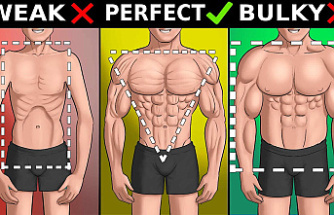Behind a doctor’s diagnosis are years of study and experience. They are taught to look at the signs and symptoms and make a probable conclusion about what is wrong. They juggle information about the patient’s medical history, experienced symptoms, and current condition. They look at outside factors such as seasonal changes, working environment, and diet before making the diagnosis. In trickier situations, they may advise other medical tests or require medical scans to interpret.
Four common imaging tools are used to help diagnose diseases, and each one presents a unique image:
PET Scan
The Positron Emission Tomography (PET) scan makes use of a radiotracer and radio pulses to get an image of organ activity and function. The technician will inject the radiotracer before the scan. It makes its way through the body using glucose fuelled cells. The more cells in one area, the more radiotracer appears.
The PET scan does have a radioactive component in the radiotracer. However, there are no side-effects after the scan. The radioactive element has a half-life of 110 minutes, after 8 hours there is no trace left. The precaution with taking the PET scan is mainly for pregnant or breastfeeding women and people around children.
CT Scan
The computed tomography (CT) scan is like an X-ray; the difference lies in the method of image production. An X-ray only captures an image from one direction; however, the CT scan takes a cross-sectional image, and the strength of the rays also adjust according to the what they pass through.
A CT scan does pose a bit of risk with the radiation from the X-rays; however, the amount is small and is similar to the radiation absorbed naturally over time. When it comes to radiation exposure, most people consider this a small price to pay for the proper diagnosis of a deadly disease.
MRI Scan
The magnetic resonance imaging (MRI) scan makes use of a magnetic field to create an image by exciting the hydrogen nuclei present in the water in the body. So, unlike the X-ray, the PET scan, and the CT scan it does not make use of radiation, and there is no known side-effect. You can have your MRI scan in a hospital or an outpatient clinic if you want a private MRI in London.
Working with magnets means that if you have any surgical replacements or metal objects internally, you need to tell the staff. The MRI scan also makes use of a contrast injection during specific situations.
Ultrasound
The ultrasound, like its name suggests, makes use of ultrasound waves bouncing back from the tissue to create an image. It creates an immediate visual of the area, and it does not make use of radiation at all. The issues with ultrasound come with its limited visibility since the probe can only cover a limited space and the results may vary with the physique of the individual.
Each of the different scans can accommodate to different kinds of people with various medical histories. They are an essential part of helping your doctors diagnose correctly. When undergoing a scan, remember to properly prep according to the instructions from your clinic.
Image: Pixabay.com












